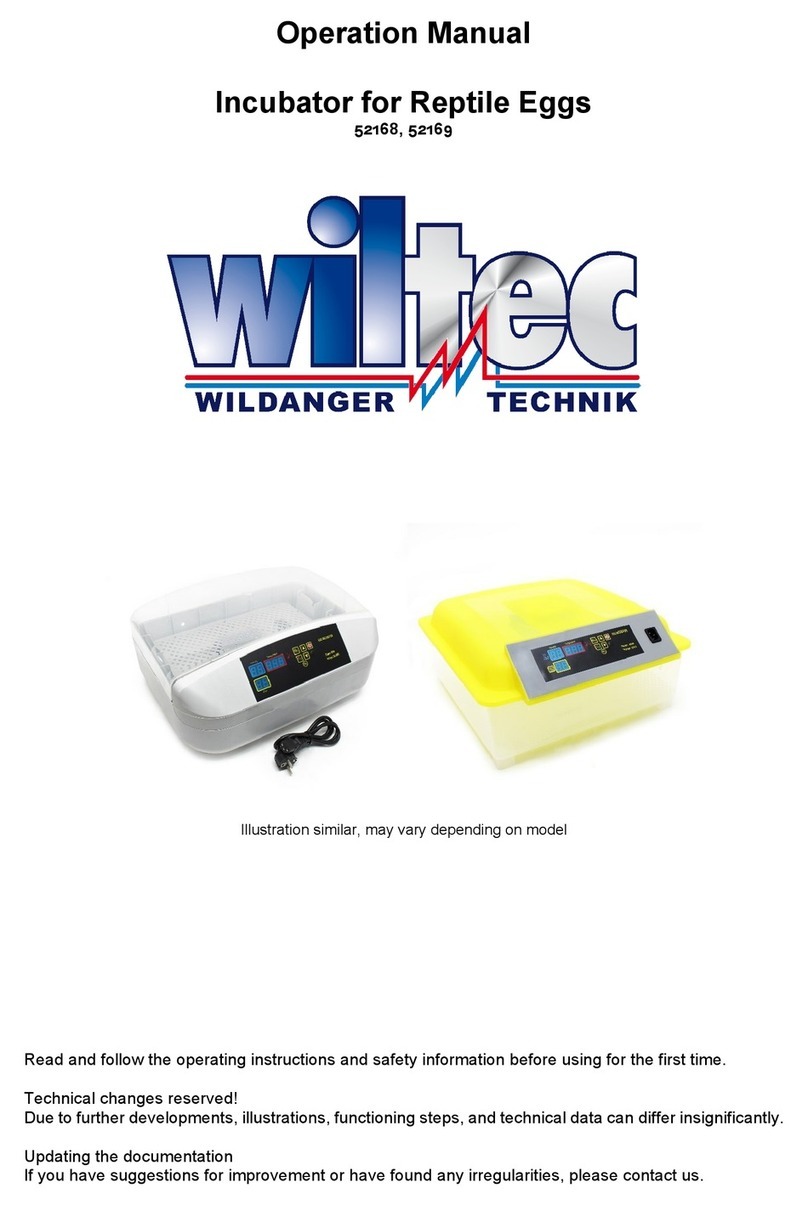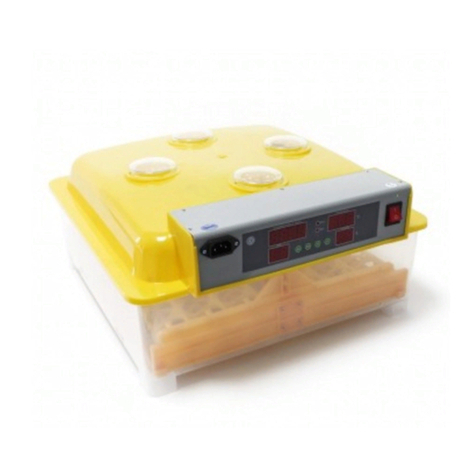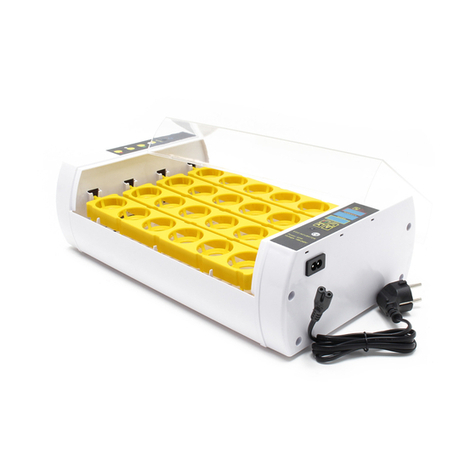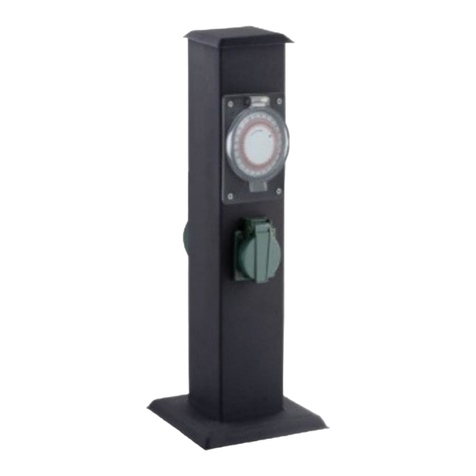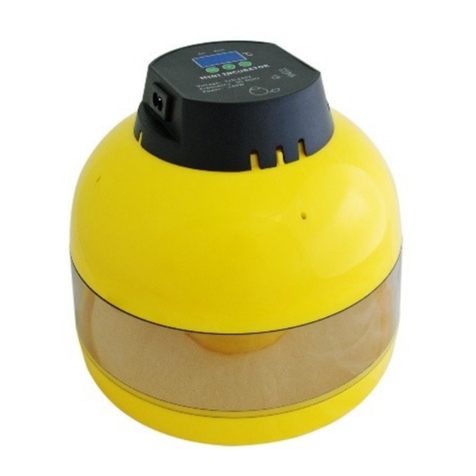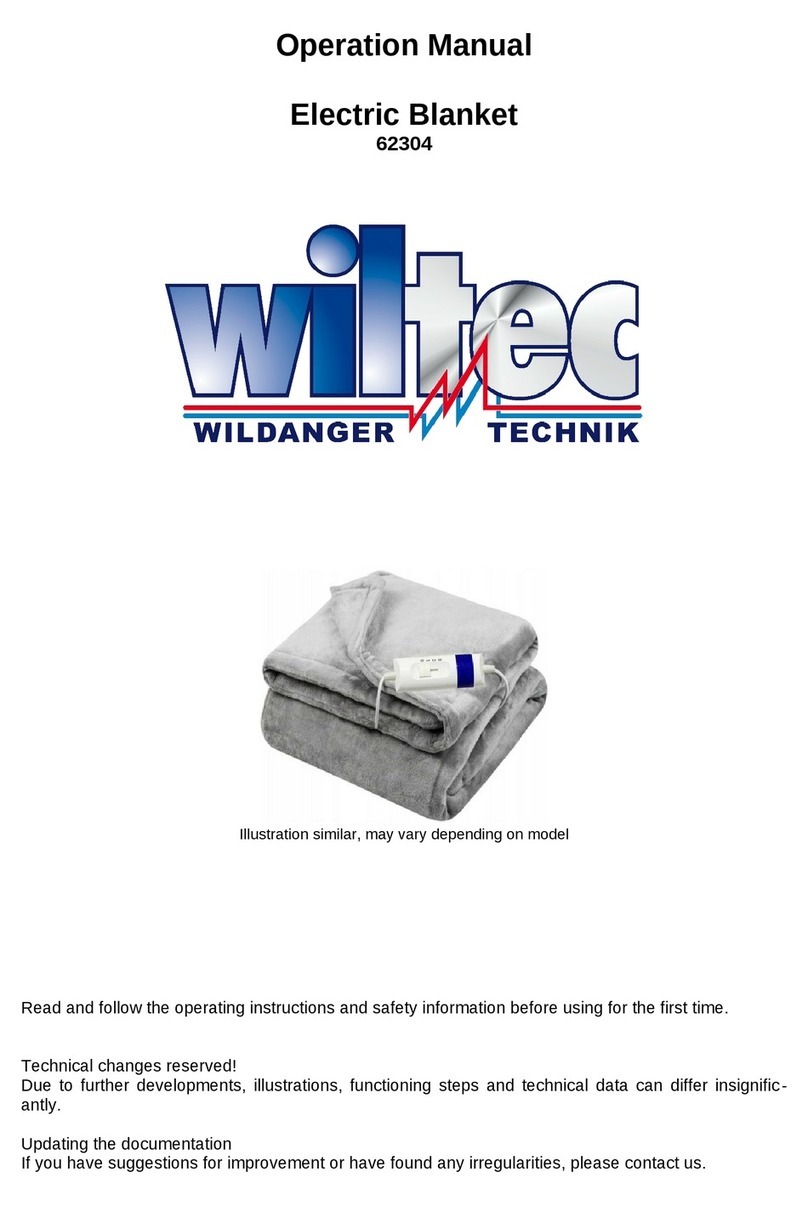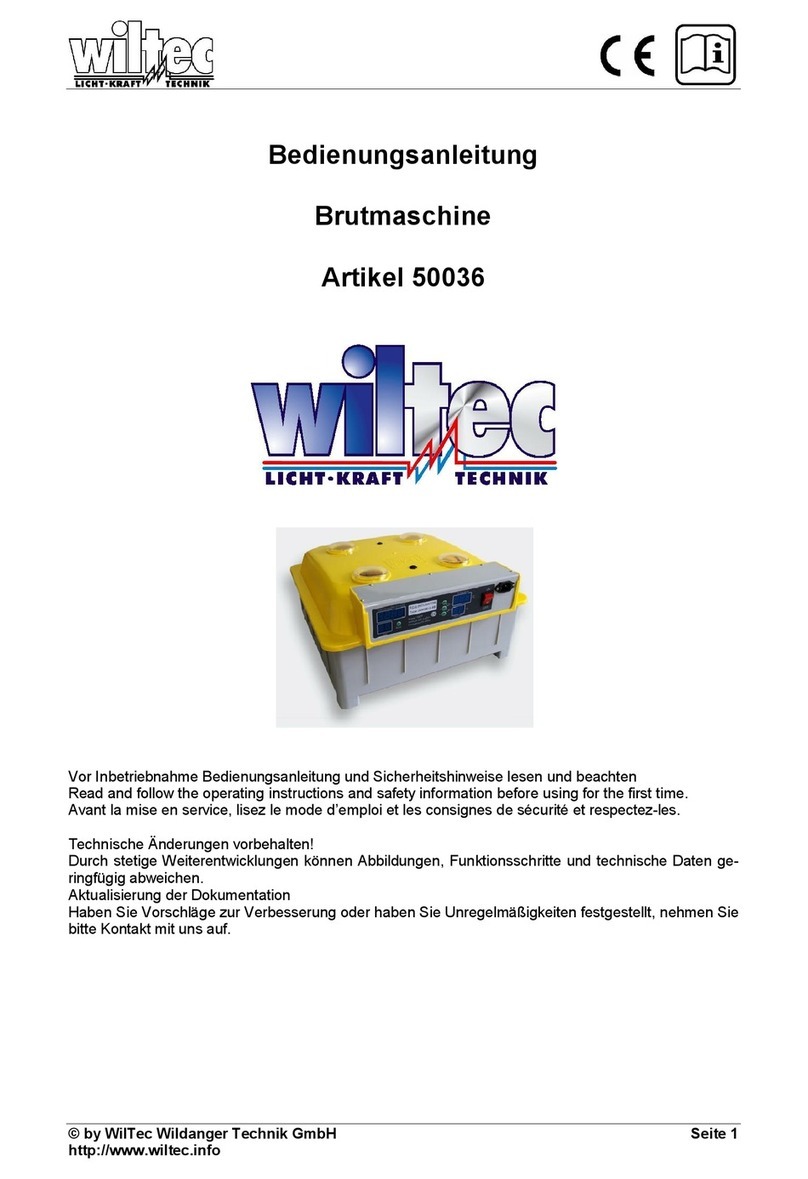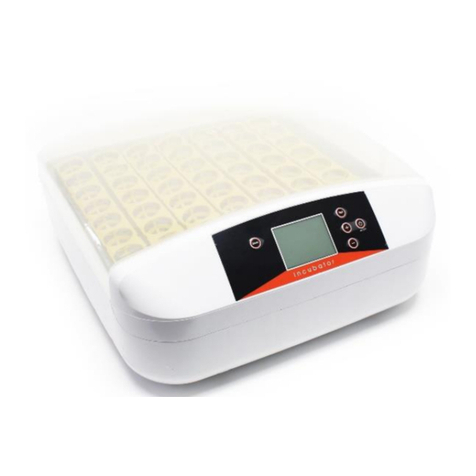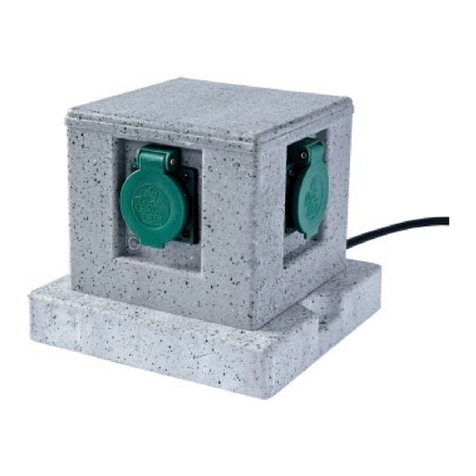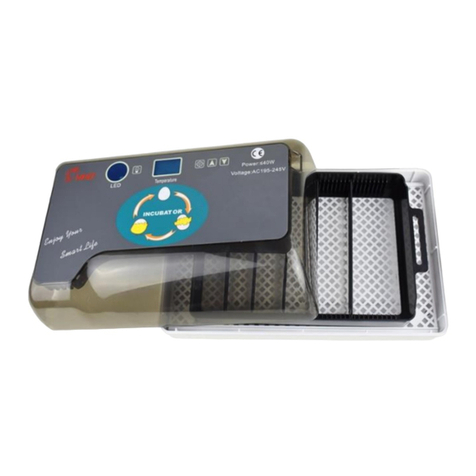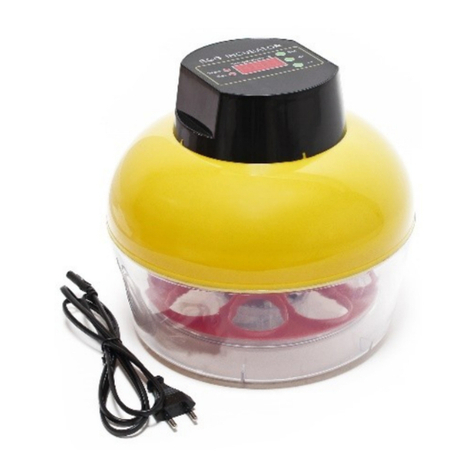Unpack the incubator and check it regarding its completeness and function.
I. Note:
In case the ambient temperature is below 25°C you should provide for an insulation by
blankets, towels or insulating material. This reduces the heat output and helps to save
energy. Before first use, you should match the temperature as displayed by means of a
thermometer, if necessary, provide for a calibration (CA-parameter).
After a warm-up of 2 hours, the device can be operated.
II. Preliminary operation procedures:
1. Slide the grid (large meshes) (fig. 1) into the incubator.
2. Put the movable base egg tray (fig. 2) onto the grid.
3. Insert the separating strips (fig. 3) on the movable egg tray, according to the eggs´
size.
4. When placing the egg on the movable tray (fig. 5), make sure that there is a proper
distance of 5 mm from the grid to be turned easily. ow the lower part of the
incubator is to be filled with approx. 100 ml of water. The liquid level is to be checked
every two days so that the incubator is never operated without water. ever add more
than 100 ml of water each time. Please note the table regarding air humidity and
breeding period. Always operate the device on an appropriate working height (60-
100cm).
5. When closing the lid (fig. 7) the connecting stud has to be set accurately into the
longitudinal guide of the egg tray to make sure that the eccentric movement is
transmitted to the egg tray, too.
6. After having closed the lid turn on the power supply again and set the temperature as
described below (IV. Adjustment) If there is no time for the temperature setting, the
temperature for breeding can be set at 38°C from the first day and the temperature for
hatching at 37.5-37.8°C on the following days.
7. As for other poultry, the breeding base is to be removed 3 days before the usual stage
of hatching.
8. Remove the egg turner 3-4 days prior to the hatching stage and carefully set the eggs
onto the breeding tray (fig. 10/11). Check again the level of the liquid.
9. After having closed the lid, the hatching procedure can be observed again.
III. Important for security
1. The incubator can be operated with a voltage of 220-240V.
2. Make sure that nobody stumbles on the power cord.
3. Make sure to use a grounded socket that is secured properly. Overloading may lead to
fire or electrical damage.
4. In case of smoke or unusual odours, the device is to be disconnected from the mains
and the manufacturer contacted.
5. ever touch the power cord with wet hands, as this may cause electric shock.
6. This incubator must not be used outdoors.
7. Before cleaning the mains power plug has to be pulled.
8. Always operate the device in quite and ventilated places. Moreover, never store any
harmful and toxic chemicals or the like in the surroundings.
9. During operation, the ventilation opening must not be blocked.
© by WilTec Wildanger Techni GmbH Seite 15
http://www.WilTec.de
http://www.aoyue.eu
http://www.teichtip.de

